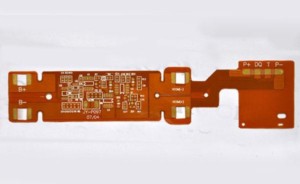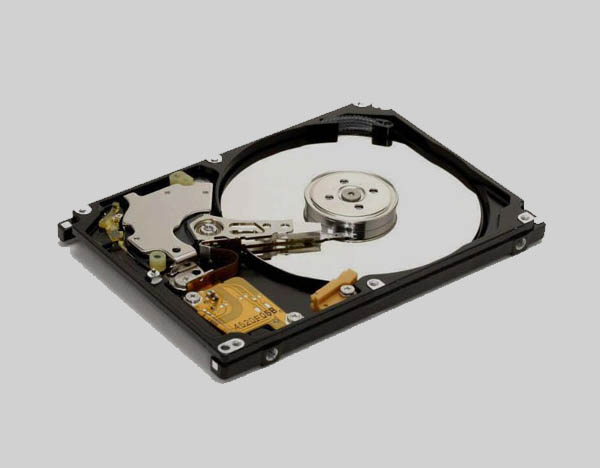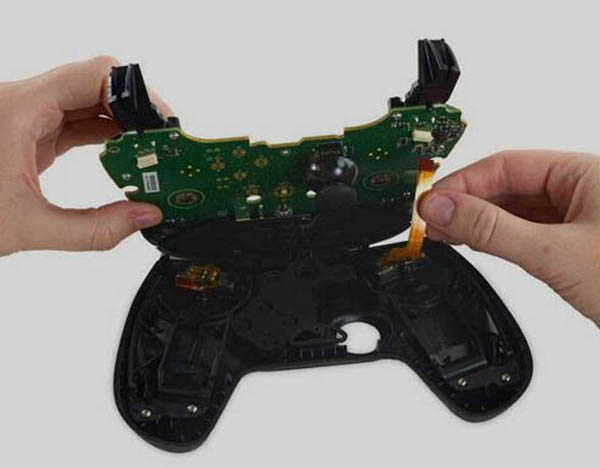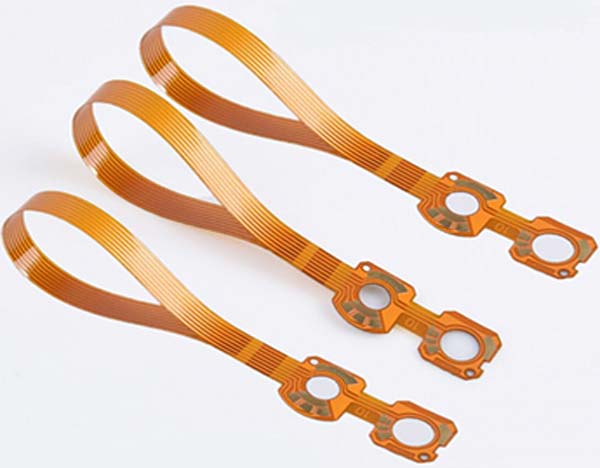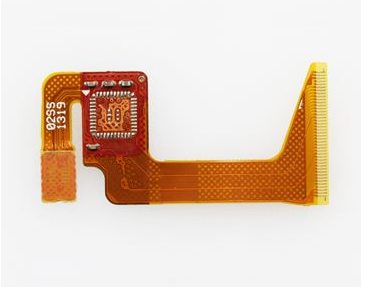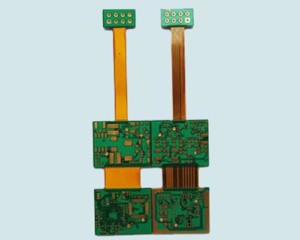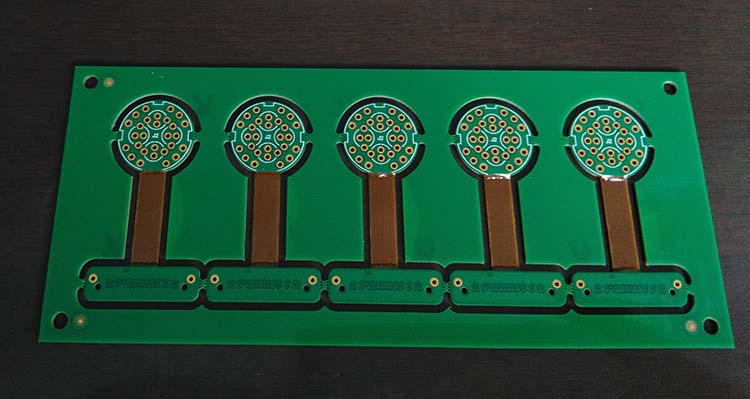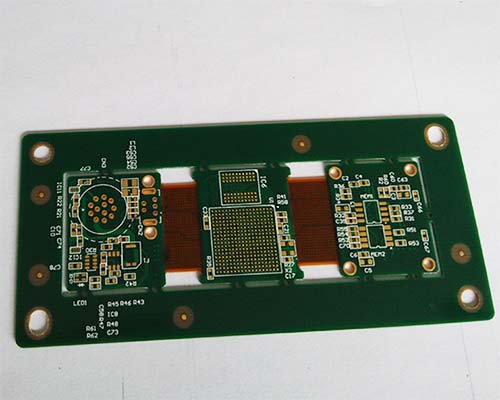Flex pcb with components
A flexible printed circuit board (flex PCB) with components is a type of circuit board that is made of a flexible material such as polyimide or polyester.The board can be bent, twisted, or folded to fit into tight spaces or conform to the shape of the device it is installed in. The components on a flex PCB can include…

